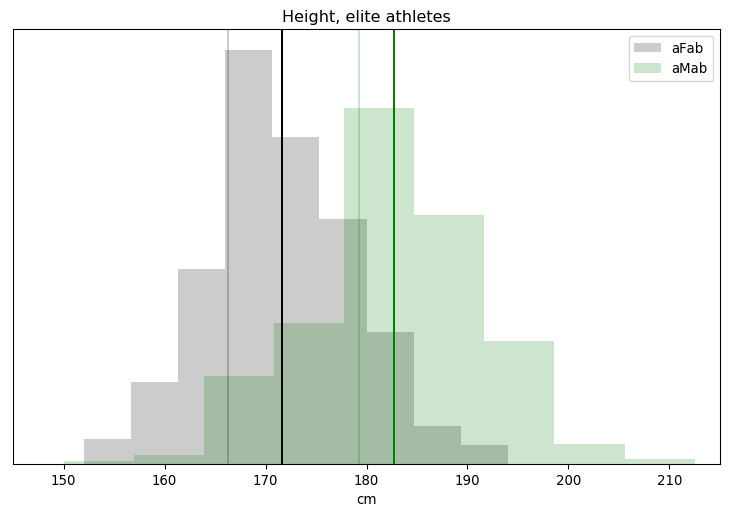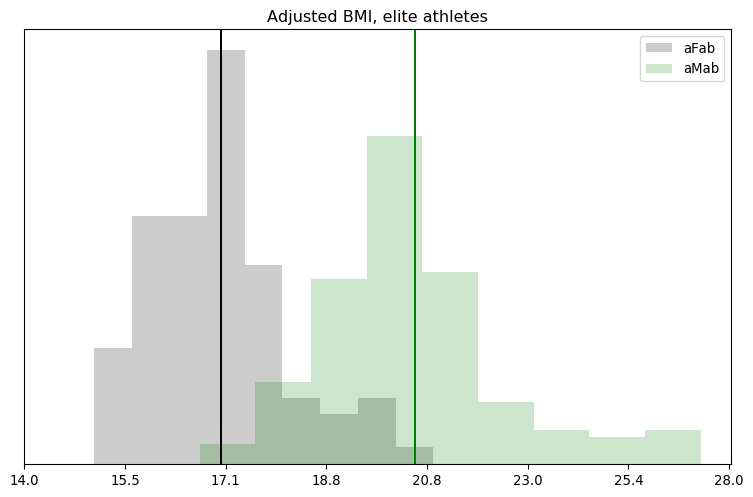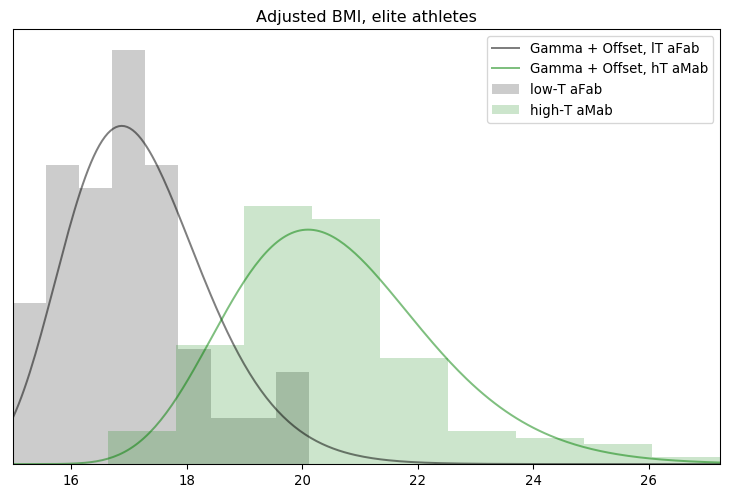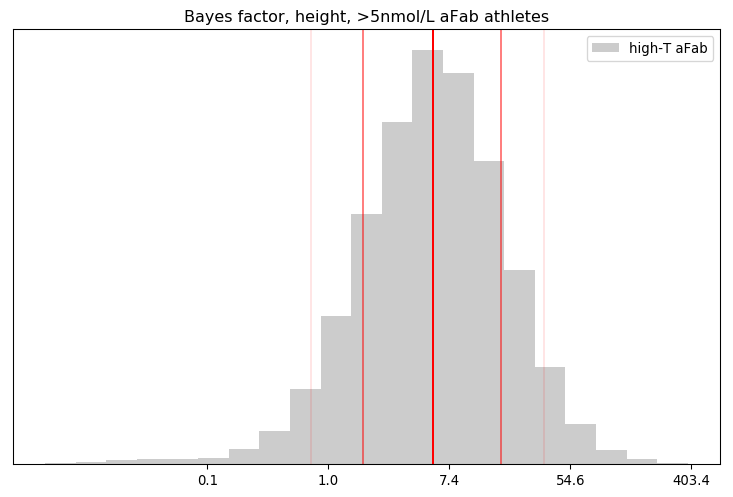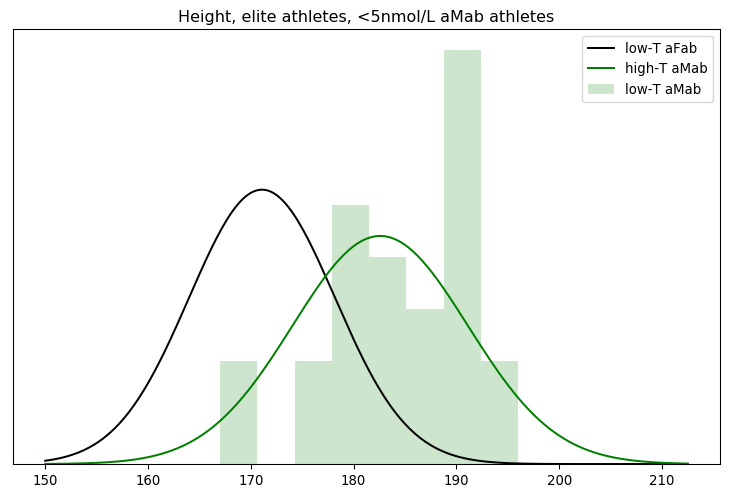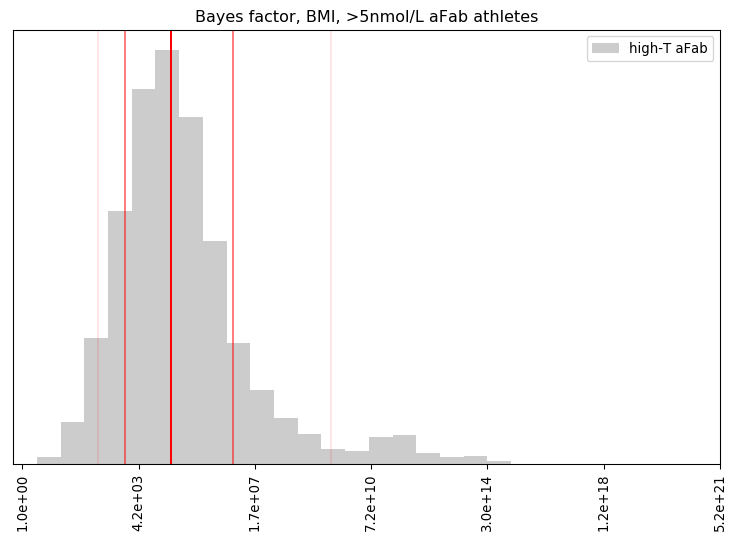I thought I knew how this post would play out. EssenceOfThought has gotten some flack for declaring Stephen Woodford to be a “violent transphobe,” which I didn’t think they deserved. They gave a good defense in one of their videos, starting off with a definition of violence.
You see, violence is defined as the following by the World Health Organization. Quote; “the intentional use of physical force or power, threatened or actual, against oneself, another person, or against a group or community, that either results in, or has a high likelihood of resulting in injury, death, psychological harm, maldevelopment or deprivation.”
EoT points out that controlling someone’s behaviour or social networks by using their finances as leverage can be considered economic violence. They also point out that using legislation to control access to abortion can be considered legislative violence, as it deprives a person of their right to bodily autonomy. And thus, as EoT explains,
When you exclude trans women from women’s sports you’re not simply violating numerous human rights. You’re designating them as not real women, as an invasive force coming to take what doesn’t belong to them. You are cultivating future transphobic violence.
Note the air gap: “cultivating violence” and “violence” are not the same thing, and the definition EoT quoted above places intent front-and-centre. EoT bridges the gap by pointing out they gave Rationality Rules several months to demonstrate he promoted violent policies out of ignorance, rather than with intent. When “he [doubled] down on his violent transphobia,” EoT had sufficient evidence of intent to justify calling him a “violent transphobe.”
At this point I’d shore up their one citation with a few more. This decoupling of physical force and violence is not a new argument in the philosophy and social sciences literature.
Violence often involves physical force, and the association of force with violence is very close: in many contexts the words become synonyms. An obvious instance is the reference to a violent storm, a storm of great force. But in human affairs violence and force, cannot be equated. Force without violence is often used on a person’s body. If a person is in the throes of drowning, the standard Red Cross life-saving techniques specify force which is certainly not violence. To equate an act of rescue with an act of violence would be to lose sight entirely of the significance of the concept. Similarly, surgeons and dentists use force without doing violence.
Violence in human affairs is much more closely connected with the idea of violation than with the idea of force. What is fundamental about violence is that a person is violated. And if one immediately senses the truth of that statement, it must be because a person has certain rights which are undeniably, indissolubly, connected with being a person. One of these is a right to one’s body, to determine what one’s body does and what is done to one’s body — inalienable because without one’s body one would cease to be a person. Apart from a body, what is essential to one’s being a person is dignity. The real dignity of a person does not consist in remaining “dignified”, but rather in the ability to make decisions.
Garver, Newton. “What violence is.” The Nation 209.24 (1968): 819-822.
As a point of departure, let us say that violence is present when human beings are being influenced so that their actual somatic and mental realizations are below their potential realizations. […]
The first distinction to be made is between physical and psychological violence. The distinction is trite but important mainly because the narrow concept of violence mentioned above concentrates on physical violence only. […] It is useful to distinguish further between ’biological violence’, […] and ’physical violence as such’, which increases the constraint on human movements – as when a person is imprisoned or put in chains, but also when access to transportation is very unevenly distributed, keeping large segments of a population at the same place with mobility a monopoly of the selected few. But that distinction is less important than the basic distinction between violence that works on the body, and violence that works on the soul; where the latter would include lies, brainwashing, indoctrination of various kinds, threats, etc. that serve to decrease mental potentialities. […]
We shall refer to the type of violence where there is an actor that commits the violence as personal or direct, and to violence where there is no such actor as structural or indirect. In both cases individuals maybe killed or mutilated, hit or hurt in both senses of these words, and manipulated by means of stick or carrot strategies. But whereas in the first case these consequences can be traced back to concrete persons as actors, in the second case this is no longer meaningful. There may not be any person who directly harms another person in the structure. The violence is built into the structure and shows up as unequal power and consequently as unequal life chances.
Galtung, Johan. “Violence, peace, and peace research.” Journal of peace research 6.3 (1969): 167-191.
This expansive definition of “violence” has been influential, Galtung’s fifty-year-old paper from above has been cited from over 6,000 times according to Google Scholar. “Influential” is not a synonym for “consensus,” however.
Nearly all inquiries concerning the phenomenon of violence demonstrate that violence not only takes on many forms and possesses very different characteristics, but also that the current range of definitions is considerable and creates ample controversies concerning the question what violence is and how it ought to be defined (…). Since there are so many different kinds of violence (…) and since violence is studied from different actor perspectives (i.e. perpetrator, victim, third party, neutral observer), existing literature displays a wide variety of definitions based on different theoretical and, sometimes even incommensurable domain assumptions (e.g. about human nature, social order and history). In short, the concept of ‘violence’ is notoriously difficult to define because as a phenomenon it is multifaceted, socially constructed and highly ambivalent. […]
Violence is socially constructed because who and what is considered as violent varies according to specific socio-cultural and historical conditions. While legal scholars may require narrow definitions for punishable acts, the phenomenon of violence is invariably more complex in social reality. Not only do views about violence differ, but feelings regarding physical violence also change under the influence of social and cultural developments. The meanings that participants in a violent episode give to their own and other’s actions and experiences vary and can be crucial for deciding what is and what is not considered as violence since there is no simple relationship between the apparent severity of an attack and the impact that it has upon the victim. For example, in some cases, verbal aggression may prove to be more debilitating than physical attack.
De Haan, Willem. “Violence as an essentially contested concept.” Violence in Europe. Springer, New York, NY, 2008. 27-40.
A major objection to this inclusive definition of violence is that it makes everything violence, creating confusion instead of clarity. One example:
If violence is violating a person or a person’s rights, then every social wrong is a violent one, every crime against another a violent crime, every sin against one’s neighbor an act of violence. If violence is whatever violates a person and his rights of body, dignity, or autonomy, then lying to or about another, embezzling, locking one out of his house, insulting, and gossiping are all violent acts.
Betz, Joseph. “Violence: Garver’s definition and a Deweyan correction.” Ethics 87.4 (1977): 339-351.
The problem with this objection is that it assumes violence is binary: things are either violent, or they are not. Almost nothing in life falls in a binary, sex included, so a much more plausible model for violence is a continuum. I’m convinced that even the people who buy into a violence binary also accept that violence falls on a continuum, as I have yet to hear anyone argue that murder and wet willies are equally bad. Thus eliminating the binary and declaring all violence to fall on a continuum is a simpler theory, and by Occam’s razor should be favoured until contrary evidence comes along.
The other major objection is that while not every human society agrees on what constitutes violence, all of them agree that physical violence is violence. Sometimes this objection can be quite subtle:
Albeit rare, there are cases of violence occurring without rights being violated. This point has been made by Audi (1971, p. 59): ‘[while] in the most usual cases violence involves the violation of some moral right …there are also cases, like wrestling and boxing, in which even paradigmatic violence can occur without the violation of any moral right’.
Bufacchi, Vittorio. “Two concepts of violence.” Political Studies Review 3.2 (2005): 193-204.
That quote only works if you think wrestling is paradigmatic, something everyone agrees counts as violence. Wrestling fans would disagree, and either point to the hardcore training and co-operation involved or the efforts made to prevent injury, depending on which fandom you were querying. Societies definitely disagree on what physical acts count as violence, and even within a single country physical acts that are considered horrifically immoral to many today were perfectly acceptable to many a century ago. This pragmatic argument can also be turned on its head, by pointing out that if violence is binary then we wouldn’t expect a correlation between (for example) hostile views of women and violence towards women. If a violence continuum exists, however, such a correlation must exist.
Studies using Glick and Fiske’s (1996) Ambivalent Sexism Inventory, which contains different subscales for benevolent and hostile sexism, support this idea. Studies have found that greater endorsement of hostile sexism predicted more positive attitudes toward violence against a female partner (Forbes, Jobe, White, Bloesch, & Adams-Curtis, 2005; Sakalli, 2001). Other studies of IPV among college samples have found that men with more hostile sexist attitudes were more likely to have committed verbal aggression (Forbes et. al., 2004) and sexual coercion (Forbes & Adams-Curtis, 2001; Forbes et al., 2004).
Allen, Christopher T., Suzanne C. Swan, and Chitra Raghavan. “Gender symmetry, sexism, and intimate partner violence.” Journal of interpersonal violence 24.11 (2009): 1816-1834.
At this point in the post, though, I was supposed to pump the breaks a little. People have certain ideas in mind when you say “violence,” I’d say, and would likely equivocate between physical and non-physical violence. This would poison the well. Of course you can’t change language or create awareness by sitting on your hands, so EssenceOfThought were 100% in the right in arguing Rationality Rules was a violent transphobe, but at the same time I wasn’t willing to join in. I needed more time to think about it. After finishing that paragraph, I’d title this post “Rationality Rules is a ‘Violent’ Transphobe” and punch the Publish button.
But now that I’ve finished gathering my sources and writing this post, I have had time to think about it. I cannot find a good reason to reject the violence-as-intentional-rights-violation definition, in particular I cannot come up with a superior alternative. Rationality Rules argues that the rights of some transgender people should be restricted, via special pleading. As I point out at that link, Stephen Woodford is aware of the argument from human rights, so he cannot claim his restriction is being done out of ignorance. That gives us proof of intent.
So no quote marks are necessary: I too believe Rationality Rules is a violent transphobe, for the definitions and reasons above.


